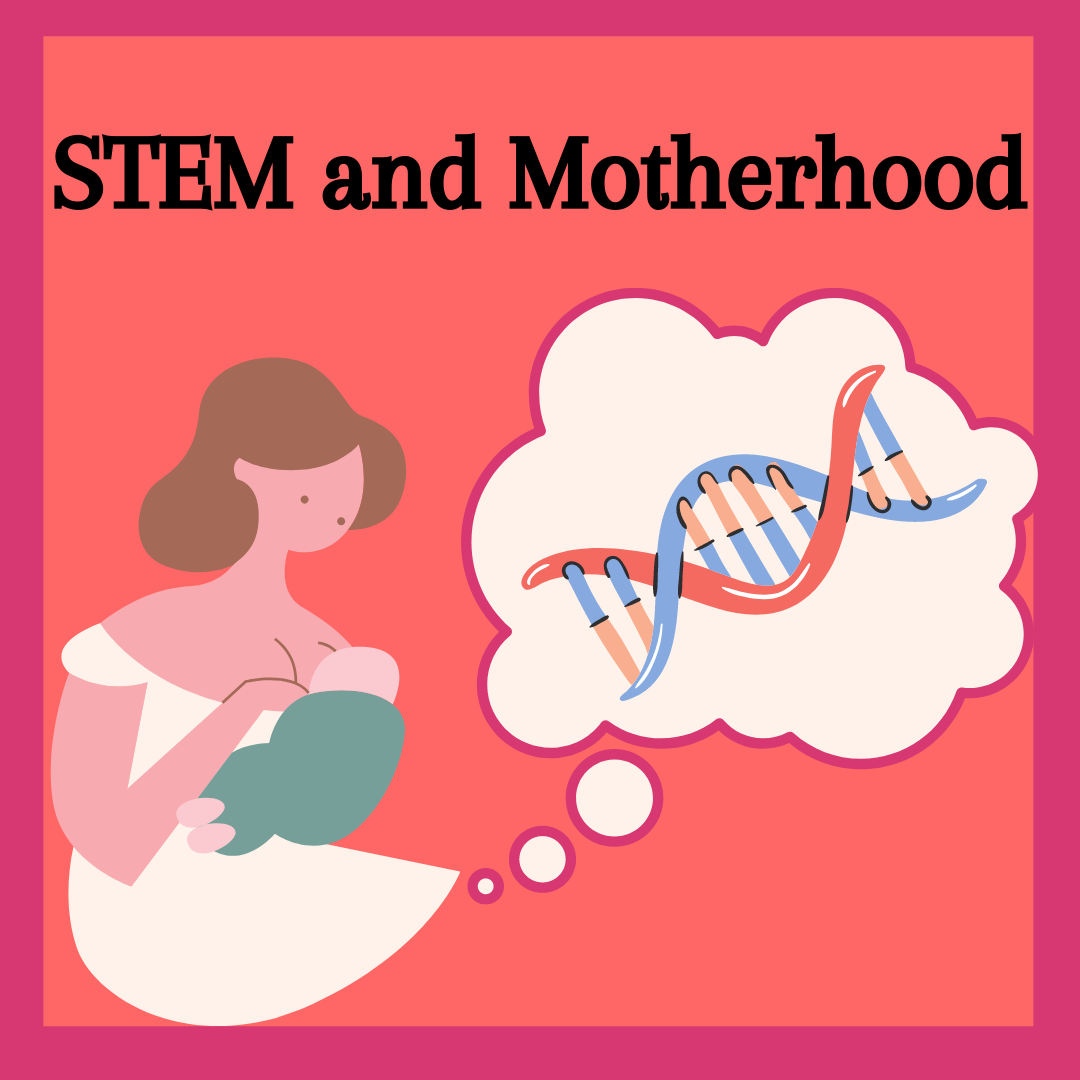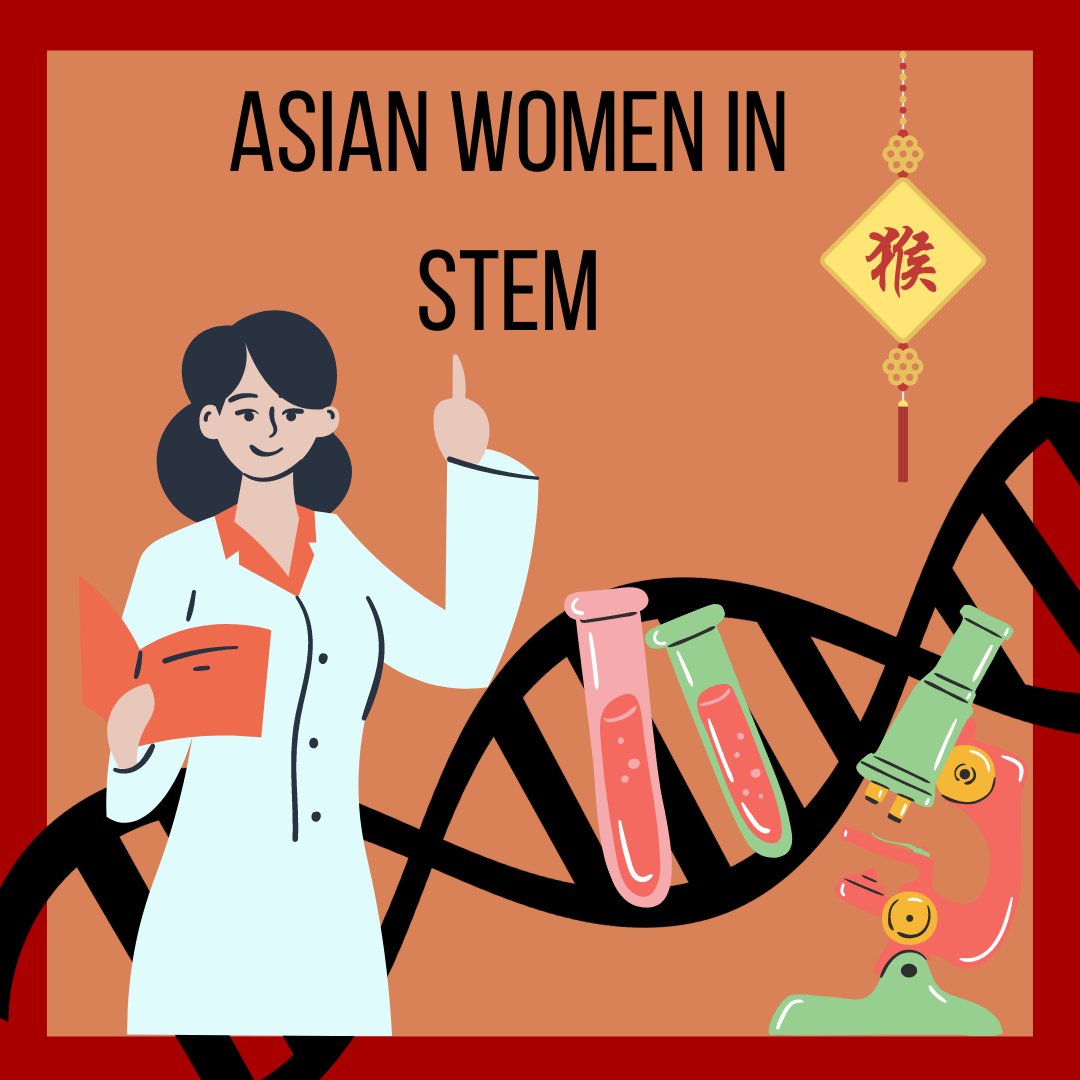Known as the “First Lady of Physics” and “Queen of Nuclear Research”, Chien-Shiung Wu, Chinese-American particle and experimental physicist, will long be revered as a central figure in the history of physics. Her titles are well deserved, given her work on the Manhattan Project. She used gaseous diffusion to advance the method of separating uranium into uranium-235 and uranium-285 isotopes. However, her work earned her colleagues Tsung-Dao Lee and Chen-Ning Yang the 1957 Nobel Prize in Physics.
early life & education
The first chapter of Wu’s life began on May 31, 1912 when she was born in Liuhe, Taicang, Jiangsu, Republic of China. Wu grew up in an environment that did not encourage girls to get an education. Despite this, her father was a proponent of girls’ education and founded Mingde Women’s Vocational Continuing School, where Wu would go to school.
Wu graduated from National Central University in Nanking, China in 1934 with a physics degree. She was at the top of her class, and her mentor, Dr. Jing-Wei Gu, encouraged her to continue her education in America. She completed her graduate studies and received her PhD from University of California-Berkeley. She was actively involved in student politics. Her initial plan was not to attend Berkeley. She was originally set to attend the University of Michigan, but was shocked by the sexism of American education. This was after seeing that women were prohibited from using Michigan’s front doors.

Even her early career was marked with achievement as the first woman hired at Princeton’s physics department. Soon after she received a job offer at Columbia University to work on the Manhattan Project. One of her significant contributions includes developing Geiger counters to better detect the radiation and enrichment of large amounts of uranium.
the Wu experiment
“Beta decay was… like a dear old friend. There would always be a special place in my heart reserved especially for it.”
Chien-Shiung Wu

Perhaps the greatest accomplishment associated with Wu is the Wu Experiment. Her aforementioned colleagues, Tsung-Dao Lee and Chen-Ning Yang, enlisted her help to test the theory of the conservation of parity. This theory stated that identical nuclear particles behaved the same. They believed that this theory did not apply to beta decay. However, Shiung and her colleagues hypothesized that beta decay was an exception, and successfully proved this.
She did this with the following experimental design: place cobalt-60 into a strong electromagnetic field in near absolute zero temperatures. Then, observe if particles expelled by the cobalt-60 did so in various directions. This is what should have happened if the theory of parity applied to beta decay. Since the particles only flew in one direction, Wu refuted the presence of the theory of conservation of parity when observing beta decay.
In doing so, she transformed previous beliefs long held by physicists regarding the laws of physics. Rather than physics always acting on the natural world in a balanced, symmetrical way, the Wu experiment showed that the beta particles had a preference for the left.
but recognition?
Despite her contributions and her namesake used for the experiment, she was left out of the Nobel Prize this work received. Her colleagues were awarded the Nobel Prize in Physics in 1957 for the experiment, and her name met the same fate as those of most women scientists during that time: almost no recognition.
There are many theories about why Wu wasn’t named in the awards. Some suggested that it wasn’t a matter of sexism, but contention over the date of publication for the experiment alongside other competing scientists working with the same hypothesis. Whatever the case may be, it shouldn’t detract from the fact that Wu’s work established her role as a pioneer in the world of physics. While it is unfortunate that Wu was left out of this award recognizing her work, hopefully the scientific community will continue to recognize her important role in this scientific breakthrough (since the experiment is named after her, after all).
celebrating her wins
Aside from the unfortunate Nobel Prize snub, Chien-Shiung Wu has collected a number of accolades under her belt (which is not to say we should forget about this slight).
Some of her biggest achievements include “the National Medal of Science (1975), the first Wolf Prize in Physics awarded by the state of Israel (1978), the first Research Corporation Award given to a woman (1959), and the first Comstock Award given to a woman from the National Academy of Sciences (1964)”. As the first living scientist to have an asteroid named after her during 1990, it is easy to see how she became a notable figure in the history of science.
we exist and we thrive
While collecting awards left and right and changing the world of physics, Chien-Shiung Wu didn’t hesitate to advocate for women in science and condemn barriers that existed for them. Surely, Wu’s life and her impact on the field of physics, her admirable breakthroughs and work ethic speak to her dedication. In a world where overlooking and ignoring women in science is the norm, it’s important that we keep stories like Wu’s alive and diversify our view of the world of physics and science as a whole. And, of course, it’s important to constantly remind the world of the fact that,
“Women in Science? We exist, and we thrive!“
Subscribe to help us keep you updated with new posts!
If you like this post, you may like some of our other work too!




Leave a Reply